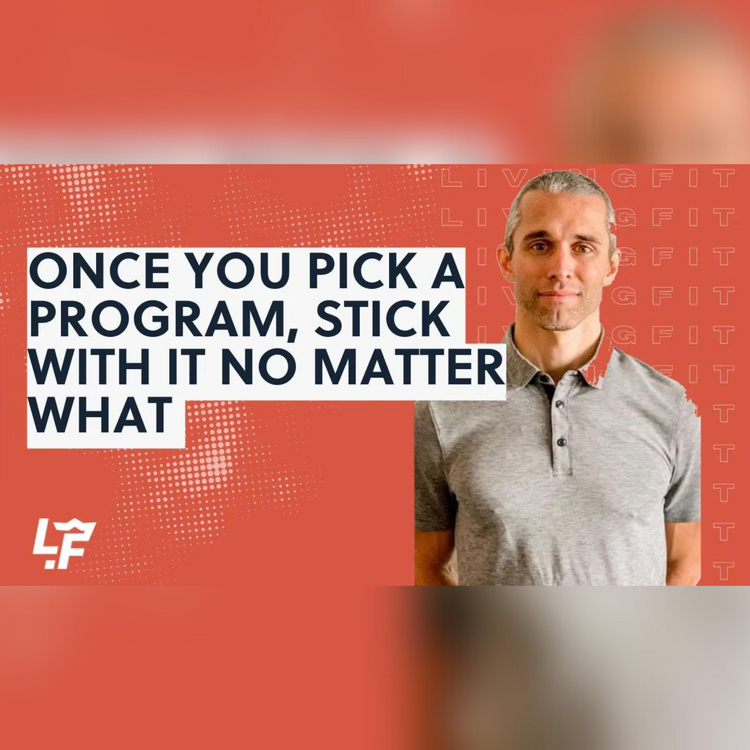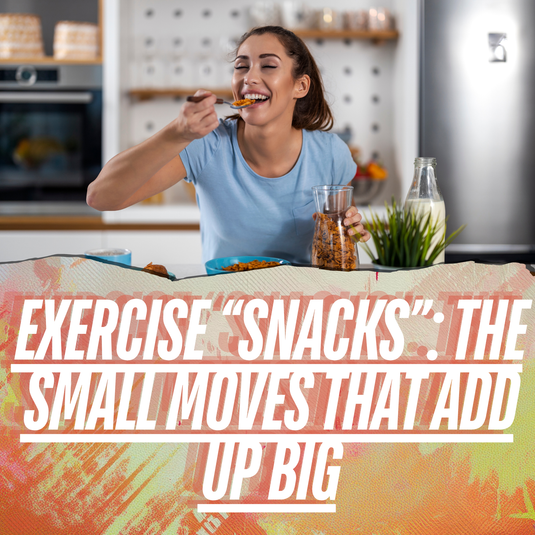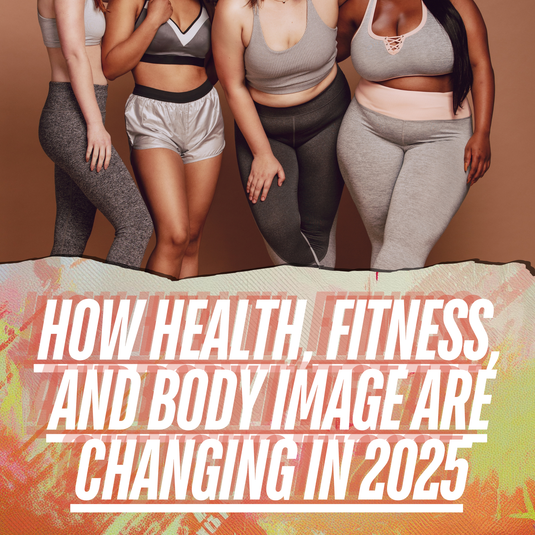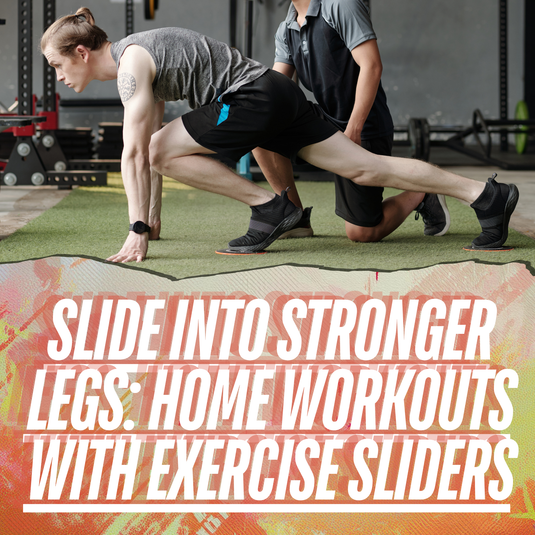Optimal Learning Environment for Success

⏱️ Estimated Read Time: 6 minutes
🧠 TL;DR
- Optimal Learning Environment for Success offers effective, accessible movements for targeted results.
- This guide is designed to help you move smarter, build strength, and stay consistent.
✍️ Summary
This post explores optimal learning environment for success in a way that’s actionable and easy to follow. Whether you're new to this style of training or leveling up, it includes practical takeaways for your routine.
📚 Table of Contents
Take a minute and close your eyes. Don’t worry, no one will sneak up behind you and yell “BOO!”. I want you to envision two people, your best teacher and your worst teacher. This can be from any point in your life; as a child or adult, during school or professional life. See their faces and bring yourself back to the last time you worked with them. Now, why did they earn the title of the best and the worst teacher? What characteristics did they possess and how would you describe them?
If you’re like me, when you answer this question the majority of words that come to mind likely have little to do with their technical ability and more with how they made you feel. The worst teacher likely conjured words like belittling, all about them, petty, favoritism, harsh, mean, and self-centered. For the best teacher the words supportive, encouraging, good listener, focused on my success, and understanding probably came to mind. This is not to say knowledge or technical ability was unimportant, you need to know what you are doing. However, once that baseline ability was satisfied, the most important part of the teacher student relationship was a safe environment that fostered learning and growth.
As coaches and trainers, we are teachers of movement. We educate our clients on proper technique, discuss goals, and work on improving nutrition. We create an optimal learning environment through the programs we design, the facilities we work in, and how we interact with our clients. To be successful, we need to build a conducive learning environment that doesn’t lead to anxiety, fear, and stress (other than what we want to introduce via training). When those negative emotions are present, whether consciously or unconsciously, it leads to a sympathetic nervous system (aka fight or flight) response. This decreases our creativity, impacts the ability to retain information, and reduces engagement. In short, the client doesn’t build the skills they need, they can’t figure out new solutions, they don’t want to be there, and ultimately they are challenged in reaching their goals.
In our role as a teacher, we can draw from the world of learning and development for guidance on how to create the optimal learning environment for our clients. The SCARF model, created by David Rock, director of the NeuroLeadership group, refers to the five primary social dimensions in which our brains respond to perceived threats and rewards. The key word is “perceived”. It’s not looking out for attackers or expecting a prize but how we see the world and whether or not an interaction is good or bad. In short, we want to create environments that minimize threat and maximize reward. The five elements of how we do this with our clients (or ourselves) are Status, Certainty, Autonomy, Relatedness, and Fairness.
STATUS
Think back to an experience where you felt talked down to or when someone didn’t recognize one (or many) of your talents. How did that make you feel? Did you want to spend more time interacting with that person and would you want to learn from them? That was likely an experience where your status was offended. Status refers to our position in the social “pecking order”. Where we see ourselves on the food chain of life. When someone challenges our status, we naturally throw up barriers to listening and engagement. As trainers we potentially do this when using big, “sciencey” words to impress the client, when we fail to recognize their efforts, or when we aren’t open to their feedback. This is most often unintentional. Our goal isn’t to challenge their status but that is the perception which leads to a threat response. If we want to create a reward response and elevate their status, simple steps like acknowledging their strengths, asking for their feedback, and celebrating their effort go a long way. If a client is brand new to training but is a rock star in their work or home life, help them identify their superpowers that make them a rock star. Beyond building up their status, you’ll also likely help them recognize a skill that flew under the radar. We all want to feel the top of our game and when status is supported, we are open to learning more.
CERTAINTY
Save surprises for birthday parties. Yes, the unknown can be exciting and lead to a lot of fun however it can also create anxiety. As a species, we like to know what is going to happen. We try to predict the future based on past experiences. In a word, we like certainty. Certainty helps us conserve energy by not having to worry about what will happen next and allows us to prepare (mentally and physically) for what is to come. This reduces anxiety opening us up to better retain information and be creative in solving problems (both skills needed when training). We can create certainty with clients by simply spending time with them reviewing their program. Instead of just walking out to the gym floor and getting after it without any explanation or insight, take five minutes to discuss the goal for the day, what exercises will be performed, and planned intensities. This allows them to mentally prepare and feel like they are ready to take on the challenge. It also provides an opportunity for feedback, maybe their knee is achy, and your planned squats aren’t the best surprise. By creating certainty, we set the client up for educational success in the program as a whole and for that training day.
AUTONOMY
If you like being told what to do without any options or choice, raise your hand. If I were to ask that to a packed room, there would likely be a very small (if any) number of hands in the air. Autonomy, or the ability to exert some level of control over our environment, is a fundamental human need. When we feel as though we are making the decisions, we become more resilient to stress and have a greater sense of engagement in the activity. Increased resiliency and engagement throughout a training session is a recipe for success. This doesn’t mean we as the coach abandon control over the program and let the client dictate what will happen. Instead we can provide a small menu of two to three options to the client, all of which still serve the outcome of the program. This could be as simple as asking if they want to use a kettlebell or dumbbell for their goblet squats, or if they want to warm up on the bike or the treadmill. The options we provide can be big or small, and often should be small, however it’s the simple act of choosing that honors the need for autonomy.
RELATEDNESS
Everyone likes to feel part of the group. In fact, it’s hardwired in us as an evolutionary trait. Thousands of years ago, if you were outside of the group or tribe, it often meant bad news for your survival. Today you may not be worried about wild animals but when you are on your own there is still a sense of threat that exists, leading to anxiety and stress. Relatedness speaks to that need for a social connection, that you and the other person are on a shared journey or facing a common challenge. Within the training world we have an amazing opportunity to foster this connection. We can introduce clients to each other, create a team environment in the facility, and build bonds within our small group sessions. While everyone in the gym may not have the same goal, we can still recognize that we are all taking the same path to improvement.
A second way of creating relatedness is by connecting the client’s program to their goal. Often a client will start a program without really knowing why it is the best option for success. For us as the coach it may be obvious why we chose those specific exercises and intensities but that’s because we live in the world of training. We need to connect the dots so it’s clear to the client why they are doing kettlebell swings when their goal is weight loss or why deadlifts are vital for increasing strength. Assuming that they understand risks a disconnect from the program which can impact engagement and attention.
FAIRNESS
No one likes to be cheated. I know, it’s a shocking statement but it’s the truth. We all want to feel as though we are receiving impartial and just treatment. If we perceive an action or event as unfair it leads to hostility and a decrease in trust, creating a strong threat response. Once distrust has entered the training relationship it will be hard to right the ship and regain client buy-in. The upside is that maintaining fairness can be as simple as living up to your commitments. If you say you are going to do something, you need to do it. That means showing up to the session on time, writing the travel program for the client to complete on vacation, or sticking to the schedule for reassessments. Fairness isn’t built through grand gestures, but many small acts repeated over time that lead to a high level of trust and commitment.
Reading through each of the five elements of the SCARF model you likely recognized actions you naturally take, which is probably why you’re a coach. Even better, one action can support more than one element of the model. For instance, autonomy actions also tend to build status as you have put the client in the driver seat. The power of SCARF is in making those actions repeatable. Being aware of what can drive a threat or reward response allows us to actively and consistently work toward building a productive learning environment for our client. By doing so, we increase the retention of new skills, drive engagement, foster creativity, and ultimately deliver results.
By: Matt Berenc
Want more guidance? Check out our Weekly Dumbbell Workout #1.
📝 FAQs
How often should I do these exercises? +
2–3 times per week is a good starting point for most people.
Do I need equipment? +
Many of these can be done with just your bodyweight or a single kettlebell or dumbbell.
Can beginners do these routines? +
Yes! These movements are designed to scale with your fitness level.








